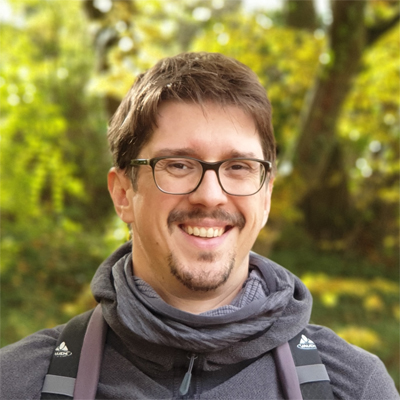The reconstruction of Pi-Ramesse or how I was invited to Berlin
I was born in Berlin, Germany, did go to school there and finally studied Archaeology at the Freie Universität Berlin. I was living there for 31 years, since I was five years old. The Freie Universität is probably lesser known to an international audience, but it currently ranks second in Germany (2020, according to UniRank). So I was delighted, when I got the invitation to speak for a bigger audience about my work that I have done for a project in the Nile Delta in Egypt. Above all, the presentation was for a lecture cycle named “Old World, newly formatted” (my translation). They wanted me to talk about the reconstruction of Pi-Ramesse.

Back in 2016 I was commissioned to visualise and reconstruct the old capitol of Rameses II., called Pi-Ramesse. The visualisation was made for an exhibition about the pharaoh in Karlsruhe, Germany and the goal was to create a 5-8 minute animation of the city. However, I had about 9 months of time to create an animation that not only showed the background of the excavations and reconstruction, but in addition also featured a fly-over of the city and detailed views on selected buildings. You can have a look at the animation and further information at my company Artefacts: The Reconstruction of Pi-Ramesse.
So together with the director of excavations, Dr. Henning Franzmeier, I gave a talk about Pi-Ramesse, the old and new excavations, the reconstruction of the city as well as the pitfalls of that specific project, as the time was very limited. You can have a look at the talk in the video on top (in German). The presentation is nearly one hour long, so brace yourselves.
But why?
But what was the reason I actually got invited? Was it the topic of ancient Egypt? Or the fact that the visualisation was showing a whole city (instead of a single building for example)? The technology behind the visualisation was by far nothing special. I think the most impressive part was the sheer size of it. The model shows over 2.000 individuals, 10.000 palm trees, nearly 50 special buildings and at least 3.800 common buildings like private houses, granaries and ovens. The animation consists of 12 sequences with over 4.600 individual frames that where created in 380 hours of render time.
Another reason might be the charisma of Rameses II. For a long time nobody did actually know where his capitol was, because when it was abandoned, everything (including monumental statues) was moved to Tanis (yes, the one from the Indiana Jones movie!). Picturing Pi-Ramesse was something that hasn’t been done in a while. The last know reconstruction was made by Jean-Claude Golvin:

In the end, I really don’t know. I had a good time in Berlin, my old hometown, met some friends and talked about ancient Egypt.







